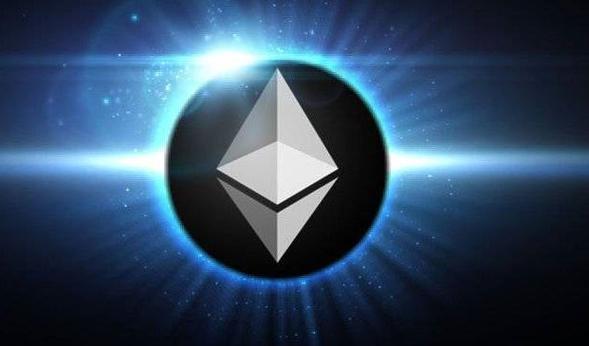Ethereum 2.0 Crypto: A Comprehensive Guide
Ethereum 2.0, often referred to as Eth 2.0, represents a significant upgrade to the Ethereum network. This new iteration aims to address several limitations of the current system, including scalability, security, and energy efficiency. In this article, we will delve into the various aspects of Ethereum 2.0 crypto, providing you with a detailed understanding of its features, benefits, and potential impact on the crypto world.
Understanding Ethereum 2.0
Ethereum 2.0 is designed to be a more efficient and scalable version of the Ethereum network. It introduces several key changes, including a shift from Proof of Work (PoW) to Proof of Stake (PoS) consensus mechanism, a new sharding mechanism, and a new governance model.

The transition from PoW to PoS is a significant change. In PoW, miners compete to solve complex mathematical puzzles to validate transactions and add new blocks to the blockchain. This process requires a lot of computational power and energy. In contrast, PoS allows validators to be chosen based on the amount of cryptocurrency they hold and are willing to “stake” as collateral. This reduces the energy consumption and makes the network more energy-efficient.
The Sharding Mechanism
One of the most anticipated features of Ethereum 2.0 is the sharding mechanism. This mechanism divides the Ethereum network into smaller, more manageable pieces called “shards.” Each shard will have its own set of validators, and transactions will be processed in parallel across these shards, significantly improving the network’s scalability.
Sharding is expected to enable Ethereum 2.0 to handle millions of transactions per second, compared to the current limit of around 15 transactions per second. This will make Ethereum more competitive with other major blockchains like Bitcoin and Cardano.
The Beacon Chain
The Beacon Chain is the backbone of Ethereum 2.0. It is responsible for managing the consensus mechanism and validator selection. Validators are chosen based on their staked ETH, and the Beacon Chain ensures that the network remains secure and decentralized.

The Beacon Chain also introduces a new governance model, allowing stakeholders to participate in decision-making processes. This model is expected to make Ethereum more democratic and transparent.
The Transition to Ethereum 2.0
The transition to Ethereum 2.0 is a complex process that involves several phases. The first phase, known as the “Phase 0,” focuses on the implementation of the Beacon Chain and the PoS consensus mechanism. The second phase, “Phase 1,” will introduce the sharding mechanism, and the final phase, “Phase 2,” will focus on improving the network’s interoperability and scalability.
The transition is expected to be completed by 2022, but it is important to note that the timeline may change due to various factors, including technical challenges and regulatory considerations.
The Benefits of Ethereum 2.0
Ethereum 2.0 offers several benefits, including:
| Benefit | Description |
|---|---|
| Scalability | Ethereum 2.0 is expected to handle millions of transactions per second, significantly improving its scalability. |
| Energy Efficiency | The shift from PoW to PoS reduces the energy consumption of the network, making it more environmentally friendly. |
| Security | The PoS consensus mechanism is considered more secure than PoW, as it is less susceptible to 51% attacks. |
| Decentralization | The new governance model allows stakeholders to participate in decision-making processes, making the network more democratic. |
The Potential Impact of Ethereum 2.0
Ethereum 2.0 has the potential to revolutionize the crypto world. By addressing the limitations of the current Ethereum network, it can become a more competitive and versatile platform for decentralized applications (dApps) and smart contracts.
The improved scalability and energy efficiency of Ethereum 2.0 will make it more attractive to developers and users alike. This could lead to a surge in the adoption of dApps and smart contracts, further solidifying Ethereum’s position as a leading blockchain platform.
In conclusion, Ethereum 2.0 crypto represents a
